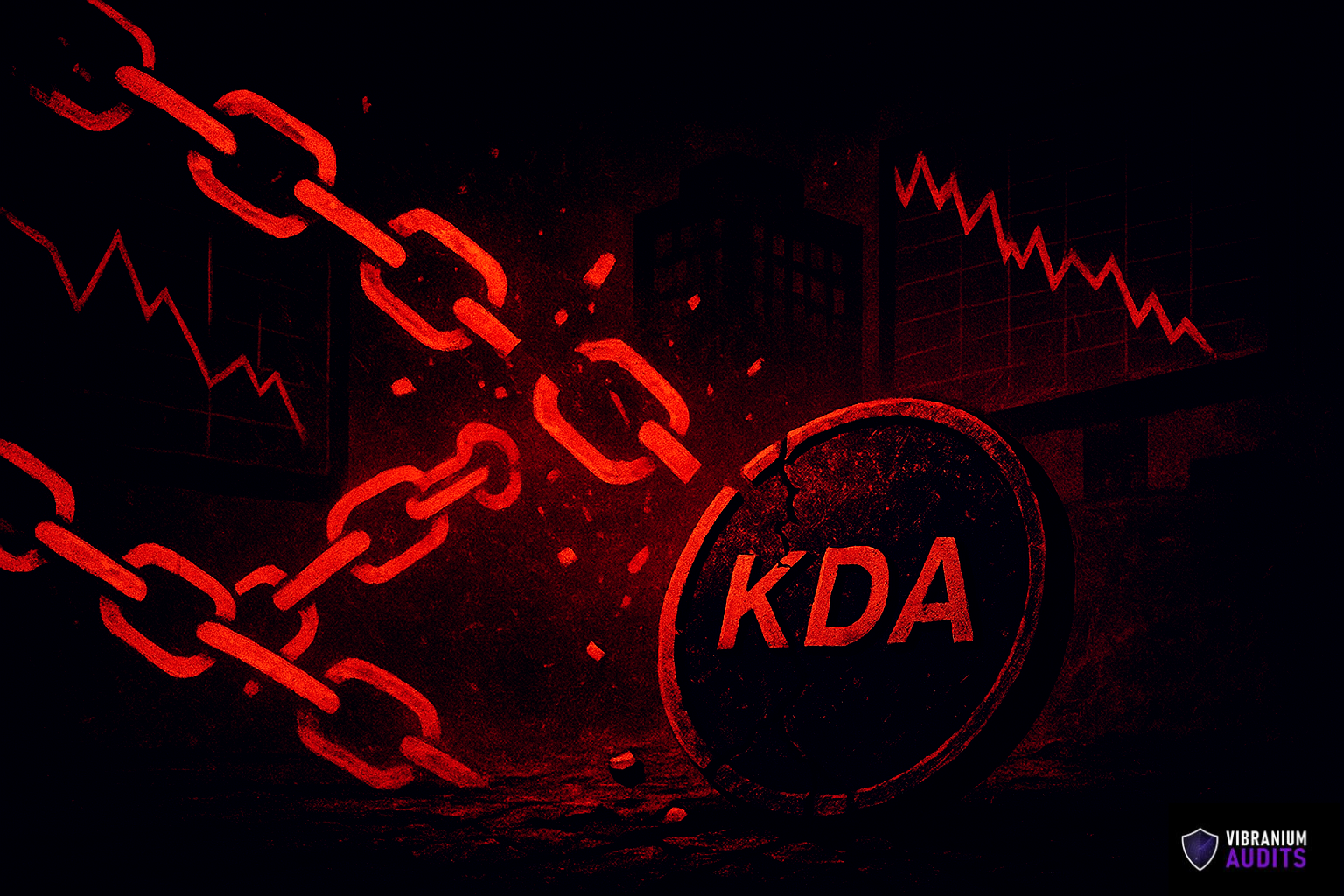Introduction
In the expansive landscape of the Ethereum blockchain, the heartbeat is synchronized by a network of computers, aptly named nodes. These nodes collectively operate Ethereum clients, and among them, Geth stands as a prominent player. Let's embark on a journey through the veins of Geth's GitHub repository, where the intricate dance of code in Golang unfolds.
Decoding the Core Modules
Accounts Module: Nurturing Wallet Management
The first stop in our exploration is the Accounts module, a guardian of wallet management within the Ethereum ecosystem.
CMD Module: Unveiling the Geth Command-Line Interface (CLI)
Venturing further, we encounter the CMD module, the soul of Geth's Command-Line Interface. Dive into the file, and you'll find the heartbeat of the CLI, orchestrating actions when the Geth CLI comes to life.
Consensus Module: Unraveling ETH Hash Mining Algorithm
The Consensus module reveals the ETH hash mining algorithm, the backbone of Ethereum's mining process, influencing the fate of every transaction.
Call Module: Orchestrating Blockchain's Data Structure Ballet
Next on our journey is the Call module, the choreographer of the blockchain's data structure, where blocks and transactions waltz gracefully. Here resides the Ethereum Virtual Machine (EVM), the luminary conductor of smart contracts.
ETH Module: Syncing Local Blockchain with the Network
Moving along, we encounter the ETH module, orchestrating the synchronization of the local blockchain with its expansive network.
Ethdb Module: Unveiling the Database Symphony
In the backstage of Geth, the Ethdb module takes the spotlight, where the Ethereum blockchain finds its home. Utilizing Google's key-value DB, Level DB, it's the backbone of Ethereum's data repository.
Miner Module: The Maestro of Ethereum Mining
The Miner module takes center stage, utilizing the ETH hash mining algorithm within the consensus module to mine Ethereum and contribute to the network's security.
P Module: Facilitating Peer-to-Peer Symphony
Amidst the code orchestra, the P module, a low-level networking library, facilitates the exchange of data between nodes, harmonizing the Ethereum network.
Params Module: Configuring the Ethereum Symphony
In the Params module, various configurations find their home, setting the stage for block numbers and defining the rhythm for Ethereum's def runforks.
RPC Module: Handling the Geth Interfaces Ballet
The RPC module gracefully handles Geth's interfaces, encompassing the JSON RPC API, WebSocket API, and IPC API—a swift gateway to interact with the Geth client.
A Glimpse into Testing: The Validation Ballet
In the realm of Ethereum protocol adherence, the test folder takes center stage. These integration tests within Geth's repository ensure that the implementation aligns seamlessly with the Ethereum protocol's specifications.
Solidity: A Separate Sonata
Notably absent within Geth's symphony is Solidity. It stands as a separate repository, conducting its own melody in the grand orchestra of Ethereum.
Conclusion: Harmony in Complexity
As we conclude this expedition through Geth's GitHub repository, we unveil the orchestrated complexity that fuels the Ethereum blockchain. Each module, a musician playing its part, contributes to the symphony of decentralization and security. Understanding this intricate dance is paramount for developers and enthusiasts alike as they navigate the Ethereum landscape.
FAQs:
Q1: Why is the Consensus module crucial?The Consensus module houses the ETH hash mining algorithm, a cornerstone of Ethereum's security and transaction validation.
Q2: What role does the RPC module play?The RPC module serves as the maestro, managing interfaces like JSON RPC, WebSocket, and IPC API, offering a swift interaction gateway with the Geth client.
Q3: Why is Solidity in a separate repository?Solidity, the language for writing smart contracts, resides in a separate repository, maintaining a distinct identity within the Ethereum symphony.
Q4: How does Geth ensure protocol adherence?The test folder hosts integration tests, ensuring that Geth's implementation aligns seamlessly with the specifications of the Ethereum protocol.
============================================
Get Access to direct quote for your smart contract audit:
Looking for smart contract audit? or blockchain security services for your project? Have a look at our services https://www.vibraniumaudits.com/smart-contract










